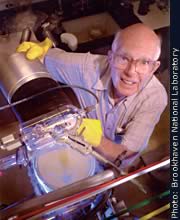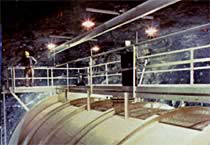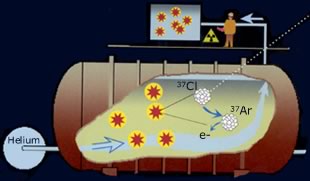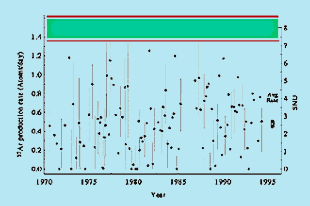The Nobel Prize in Physics 2002
|
| The Nobel Prize in Physics 2002 | |||||||||||||||
|
ELUSIVE PARTICLES CAPTURED IN CLEANING FLUID
|
|||||||||||||||
Contents:
| Introduction | Neutrino Astronomy | Elusive particles captured in cleaning fluid | Kamiokande captured neutrinos in water | What is a supernova? | What makes the sun shine? | A new view of the universe | X-ray Astronomy | How does an X-ray telescope work? | A violent universe | What happens next? | Further reading | Credits |
Addition to the Nobel Poster: Questions and Answers related to the Prize
Nobel Prizes and laureates
Six prizes were awarded for achievements that have conferred the greatest benefit to humankind. The 12 laureates' work and discoveries range from proteins' structures and machine learning to fighting for a world free of nuclear weapons.
See them all presented here.




